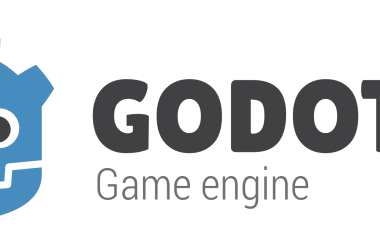Digital overload and emotional residue are the silent side effects of our always-connected lives. While “burnout” is the crisis point everyone fears, most of us experience subtler signs of digital fatigue and mental clutter long before reaching that stage. At DustOff Reset, we believe the future of digital wellness is proactive—empowering people to recognize and reset before overload becomes a crisis.
This post introduces a novel, privacy-first framework for detecting early signs of digital and emotional fatigue using browser activity. Our goal: to spark discussion and accelerate innovation in real-time digital wellness.
The Hidden Cost of Digital Overload**
Modern work and study demand constant context-switching: dozens of tabs, endless notifications, and rapid-fire multitasking. Over time, this doesn’t just cause information overload—it leaves behind emotional residue, eroding focus, clarity, and well-being.
Key question:
How can we spot the early signs of digital fatigue—before users feel overwhelmed or disengaged?
Behavioral Biomarkers in Browser Activity
We identify behavioral biomarkers—patterns in how we use digital tools that reveal rising cognitive and emotional fatigue. Our approach is non-intrusive, privacy-respecting, and works in real time.
Core Indicators
-
Tab Management Complexity
Rapid, frequent switching among many tabs can signal information overload. -
Notification Density
High volumes of ignored or disruptive notifications fragment attention and increase emotional residue. -
Interaction Pattern Shifts
Changes in mouse and typing behavior (e.g., erratic movement, more pauses) can indicate cognitive strain. -
Application Switching
Rapid, unstructured switching between apps suggests difficulty maintaining focus.
Visual 1: Behavioral Biomarkers Diagram
The Four Key Indicators of Digital Overload:
Tabs, Notifications, Inputs, and App Windows-the silent signals your system might be overwhelmed.
Predictive Framework for Digital Wellness
These signals feed into a privacy-first predictive model that recognizes patterns linked to digital fatigue and emotional residue—enabling timely, supportive interventions.
graph TD
A[Browser Activity Data Stream] --> B(Feature Extraction)
B --> C(Behavioral Indicators)
C --> D(Real-time Digital Wellness Model)
D --> E(Early Overload Prediction)
E --> F(Proactive Reset Trigger)
Visual 2: System Flowchart
A flow diagram showing data moving from browser activity to feature extraction, then to a model, and finally to a gentle reset suggestion.
Implementation Highlights
-
Local Processing: All analysis happens locally, protecting user privacy.
-
Personalised Baselines: The system adapts to each user’s unique digital habits.
-
Dynamic Thresholds: Detection is context-aware and evolves with the user.
Visual 3:Privacy Workflow Illustration
Shifting the Paradigm: From Burnout to Empowerment
By sharing this approach, we hope to inspire a new wave of digital wellness solutions—ones that empower individuals to reset and regain clarity before digital overload becomes burnout. Our vision is a world where technology supports well-being, not just productivity.
We invite developers, researchers, and organizations to build on these ideas. Together, we can tackle digital fatigue at its roots and foster healthier, more intentional digital lives.






![[boost]](https://prodsens.live/wp-content/uploads/2025/01/30842-boost-380x250.png)

